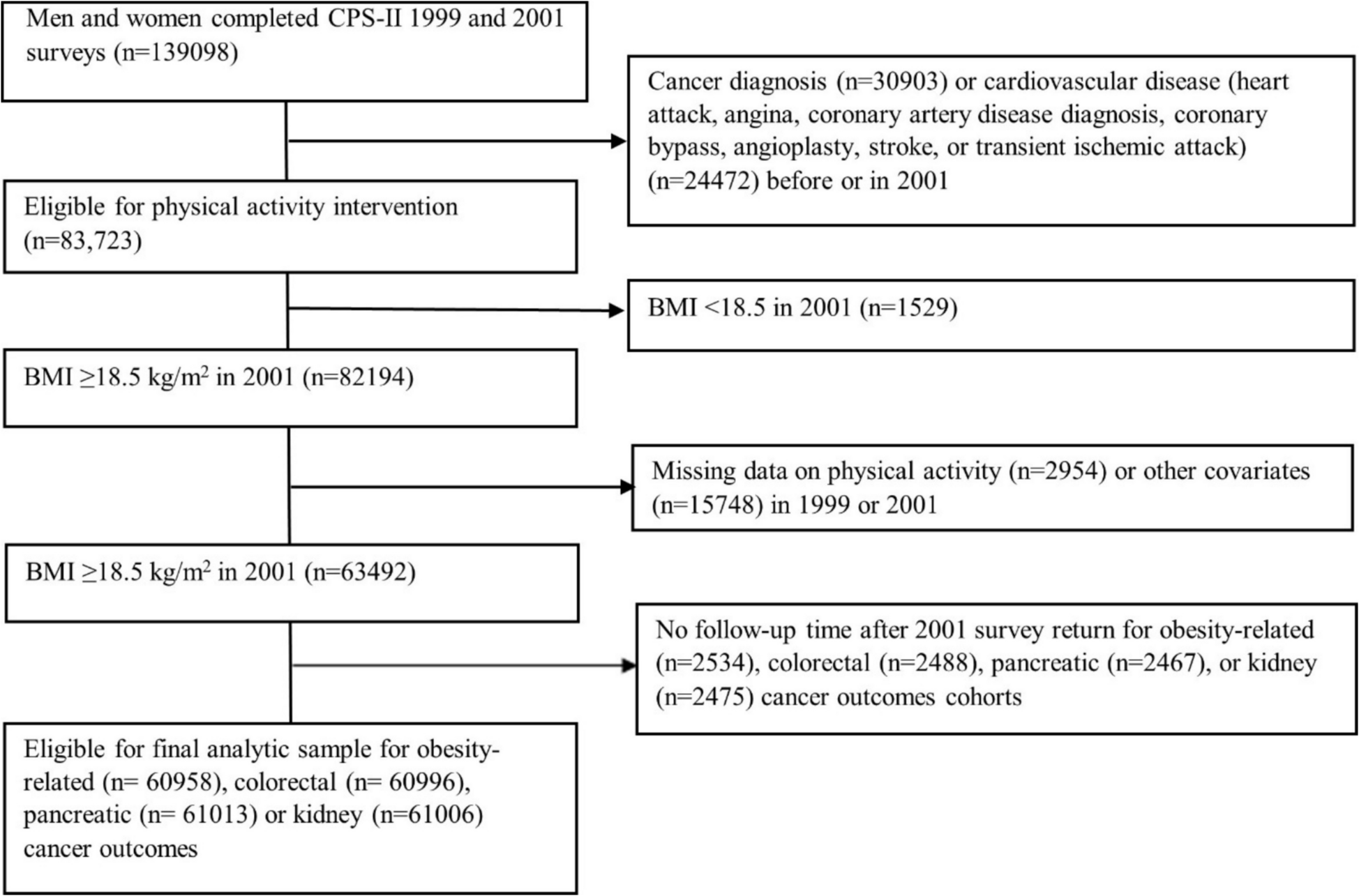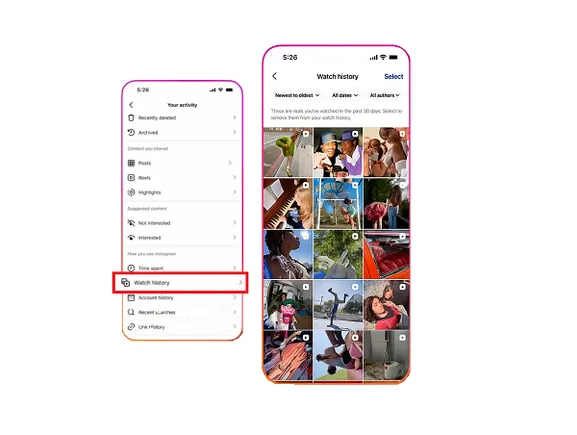We structured this section in five parts. First, we describe the observational data source. Next, we specify the protocol for a hypothetical pragmatic trial (“target trial”) that would answer our causal question regarding sustained adherence…

We structured this section in five parts. First, we describe the observational data source. Next, we specify the protocol for a hypothetical pragmatic trial (“target trial”) that would answer our causal question regarding sustained adherence…

Charles Leclerc was thrilled to claim a second podium in as many weekends at the Mexico City Grand Prix, with the Monegasque admitting that the result came as a “surprise” on a day in which Ferrari overtook Mercedes for P2 in the Teams’…

A treatment that simultaneously targets two age-related pathways in frail adult mice has been shown to extend their lifespan by up to 73 percent in a study by researchers from the University of California, Berkeley.
Curiously, the effect was…

The US and China have agreed a framework for a trade deal just days before Donald Trump and Chines president Xi Jinping are due to meet.
Treasury secretary Scott Bessent said the agreement, forged on the sidelines of the Association of south-east…

In a recent interview with Dermatology Times, Lindsay Ackerman, MD, FAAD, a medical dermatologist in Phoenix, Arizona, discussed evolving standards in the management of vitiligo and the clinical integration of topical therapy. Ackerman, who serves as medical director of clinical research at Medical Dermatology Specialists (now part of US Dermatology Partners), emphasized the importance of anticipatory guidance and individualized patient expectations in achieving successful treatment outcomes.
Vitiligo, an autoimmune depigmenting disorder, has historically lacked FDA-approved topical therapies, leaving clinicians to rely on off-label options such as topical corticosteroids and calcineurin inhibitors. With the approval of topical ruxolitinib, Ackerman described a shift in both clinical practice and patient communication.
“Ruxolitinib has been a really great game changing option,” she said. it’s our first FDA-approved treatment, but it’s a treatment that allows us to treat vitiligo over a protracted time course and to do so with expectations that it will be safe for patients to have that ongoing topical exposure, which is very different than how we feel about some of the alternative choices we’ve been using off label to treat this chronic autoimmune disease.”
She underscored that this medication’s long-term safety supports ongoing, site-specific use, unlike older off-label agents that often required intermittent treatment or carried risks of cutaneous atrophy or irritation. Ackerman highlighted the necessity of setting realistic expectations, noting that pigmentation restoration is a gradual process. “Giving good anticipatory guidance for patients that are using topical therapy to treat vitiligo is immensely important,” she said. “Patients are going to have to understand at the beginning to embark on this journey of executing treatment for vitiligo means that we’re going to be on this journey for the foreseeable future.”
Beyond pharmacologic therapy, Ackerman encouraged a holistic approach that considers disease impact on quality of life, psychosocial well-being, and patient confidence. She also pointed to emerging research examining combination strategies that may enhance outcomes, such as phototherapy alongside ruxolitinib.
Ultimately, Ackerman’s remarks reinforce a broader dermatologic shift toward evidence-based, sustained, and patient-centered care. As more targeted therapies become available, the dermatologist’s role in education and expectation management remains central to optimizing both safety and satisfaction in vitiligo treatment.

Oh wow, Meta has implemented another “new” element, this time inspired by TikTok once again.
Late last week, Instagram chief Adam Mosseri announced that Instagram is now getting a “Watch…

When most pets start winding down for the evening, they’ll get in their favorite bed or curl up on the couch. Maybe stretch out on the floor and become a furry little road block in the most inconvenient place that you stumble over. But these two…

For more than 18 years, Wei Khjan Chan has worked as an accountant, a profession often flagged as being at risk of automation. Each time he saw headlines warning that AI could replace jobs like his, he said he felt the pressure mounting.
“It’ll be great if I get to know AI earlier. At least I replace myself rather than let other people replace me,” the 39-year-old told Business Insider.
To stay ahead of the curve, Chan picked up vibe coding, using AI tools to write code and build apps. The audit partner at an accounting and advisory firm in Malaysia said he stumbled on vibe coding in June after attending weekend coding workshops in Singapore and Malaysia.
Despite having no technical background, Chan built a web app to solve a pain point in his professional life: filing expense claims after business trips.
The app uses AI-powered optical character recognition to scan and process receipts, automatically exporting them into files for his company’s finance teams. He’s also using AI to automate his workflow, such as generating invoices.
“This code is a bunch of JavaScript, which obviously I don’t understand,” he said, showing Business Insider his web app. “Without the vibe coding tools and the skill set, an accountant is unable to do this,” he added.
The accountant said he didn’t learn vibe coding to make a career switch. Instead, he sees “AI know-how” as a fundamental skill for any office profession, like Excel.
Building his own apps showed him just how powerful the tools can be: what once required weeks and an entire team to build as a proof of concept can now be prototyped in a single weekend, he said.
Chan also told Business Insider he’s advocating for broader adoption. As a committee member in his local accounting institute in Malaysia, he’s lobbying for more AI training at scale.
Fewer people are pursuing accountancy even as demand for accounting services rises. With manpower falling short, AI could help fill the gap, Chan said.
Chan said that when he first started experimenting with AI, he was advised to write long, detailed prompts with “full context length.” But experience taught him that smaller, iterative steps work better.
“The initial prompt is very important to set everything right,” he said. After that, when changes are needed, it’s more effective to adjust one small part at a time instead of piling on an entire wish list.
He approaches it like managing an intern: Break tasks into smaller, precise instructions. The more specific you are, the better the outcome, he said.
Not every lesson came easily. In one project, Chan built his database based on a single organization. When someone later asked for multi-company support, he realized he had to rebuild the entire structure.
“It’s a very fundamental change,” he said. “I messed up everything.”
The experience taught him that getting the architecture right at the start is critical because features and functions can always be layered on later.
As for debugging, it’s basically like “complaining to the AI,” Chan said with a laugh. If the error message changes, that’s usually a good sign — the AI is working through the problem. If the same error keeps coming back, he said he’ll reset the conversation and reframe the request with new examples.
And he said that, despite occasional debugging, vibe coding doesn’t require endless hours of grinding.
Chan usually tinkers after his kids go to bed, adding a feature here or refining a function there. “It’s like playing a game,” he said.
Over time, it builds up, and with a little guidance, the pieces eventually come together.
Do you have a story to share about vibe coding? Contact this reporter at cmlee@businessinsider.com.